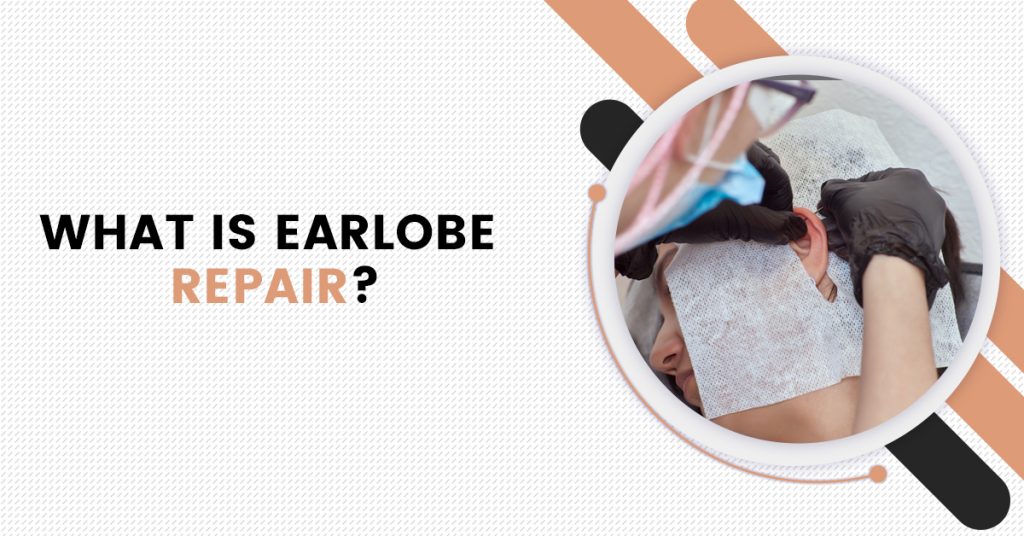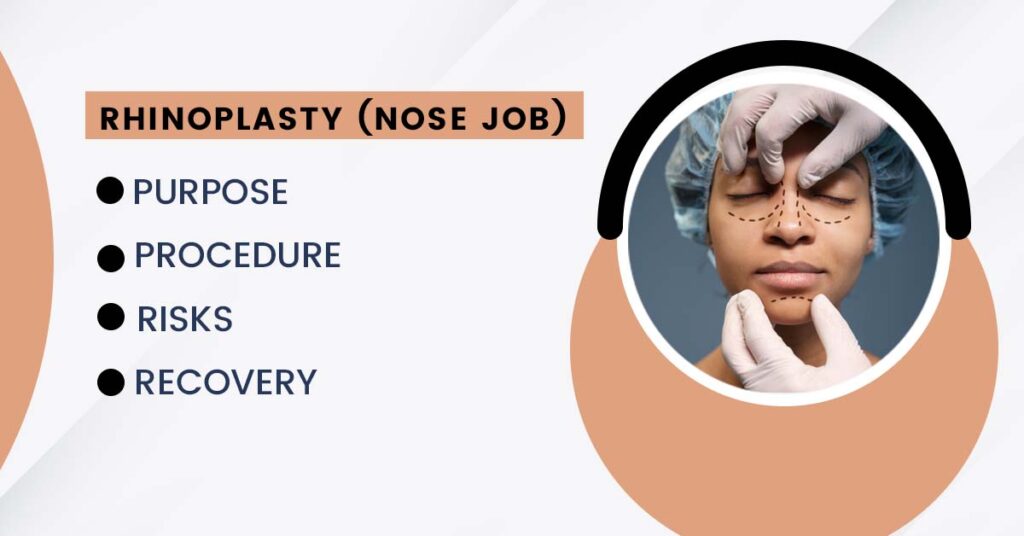Overview
Laser hair removal is a popular cosmetic procedure designed to reduce unwanted hair growth by using concentrated beams of light to target and destroy hair follicles.
The cost of laser hair removal varies widely based on factors such as the treatment area, the number of sessions required, and the clinic’s location, typically ranging from $200 to $500 i.e. 16,000 to 42,000 per session.
The procedure involves minimal discomfort, often described as a rubber band snap against the skin, and usually requires multiple sessions for optimal results. While generally considered safe, potential side effects include temporary redness, swelling, and in rare cases, changes in skin pigmentation.
To minimize risks, it is essential to seek treatment from a qualified practitioner and follow pre- and post-procedure care instructions.
What is laser hair removal?
Laser hair removal is a cosmetic procedure that uses concentrated beams of light, or lasers, to target and destroy hair follicles in order to reduce or eliminate unwanted hair. The laser emits a targeted wavelength of light that is absorbed by the melanin in the hair.
This light is then converted into heat, which damages the hair follicle and prevents future hair growth. This process is typically performed over multiple sessions to ensure that hairs in various stages of growth are treated effectively.
The procedure is valued for its precision, efficiency, and long-term results in achieving smoother skin with reduced hair regrowth.
How does laser hair removal work?
Laser hair removal works by using a focused beam of light, or laser, to target the pigment in hair follicles. Here is a short overview of the process:
- Preparation: Before the procedure, the area to be treated is cleaned and, if necessary, shaved to ensure the laser energy is directed at the hair follicles rather than surface hair.
- Laser Application: During the procedure, the practitioner uses a handheld device that emits laser light. The laser’s wavelength is carefully chosen to penetrate the skin and reach the hair follicles without damaging surrounding tissues.
- Melanin Absorption: The laser light is absorbed by the melanin, the pigment in the hair. This absorption of the process converts the light energy into heat.
- Heat Damage: The heat generated damages the hair follicles, which are responsible for hair growth. This damage disrupts the follicle’s ability to produce new hair.
- Cooling Mechanism: Many modern laser devices have built-in cooling systems or apply a cooling gel to minimize discomfort and protect the skin’s surface.
- Post-Treatment: After the procedure, there may be mild redness or swelling in the treated area. This usually subsides within a few hours to a few days. Multiple sessions are typically required because hair grows in different stages, and lasers are most effective on hair in the active growth phase.
You can read also:- The Ultimate Guide to Understanding Plastic Surgery Costs & Procedure
Side Effects Of laser hair removal?
While laser hair removal is generally safe, it can still carry potential side effects, as with any medical procedure. Common side effects include:
- Redness and Swelling: The treated area may experience temporary redness and swelling, similar to a mild sunburn. This usually resolves within a few hours to a couple of days.
- Skin Irritation: Some people may experience mild skin irritation, including itching or a rash, shortly after the procedure.
- Pigmentation Changes: In rare instances, laser hair removal may lead to changes in skin pigmentation. This can manifest as hyperpigmentation (darkening of the skin) or hypopigmentation (lightening of the skin), especially in individuals with darker skin tones.
- Blistering and Crusting: Although uncommon, the treated skin may develop blisters or crusts. This risk is higher if the skin is subjected to excessive heat or if the procedure is not carried out properly.
- Scarring: In very rare instances, scarring can occur, especially if the skin is not properly cared for post-treatment or if there is an infection.
- Eye Injury: Since lasers are very bright, there’s a risk of eye injury if proper eye protection is not used. This is more of a concern for practitioners and those directly exposed to the laser beam.
- Infection: Although rare, any procedure that affects the skin has the potential to cause an infection if not performed in a sterile environment or if post-treatment care is inadequate.
Procedure Details – How should I prepare for laser hair removal?
Preparing for laser hair removal involves several steps to ensure the procedure is effective and minimizes the risk of side effects. Here’s a guide to help you prepare:
- Consultation: Schedule a consultation with a licensed practitioner to discuss your medical history, skin type, hair color, and any medications you are taking. This will help determine if you are a suitable candidate for the procedure and develop a personalized treatment plan.
- Avoid Sun Exposure: Limit sun exposure and avoid tanning for at least 4 to 6 weeks before your treatment. Sunburned or tanned skin can increase the risk of side effects and reduce the effectiveness of the laser.
- Shave the Area: Trim the treatment area 24 to 48 hours prior to your appointment. This helps the laser target the hair follicles more effectively by minimizing the risk of surface hair burning.







